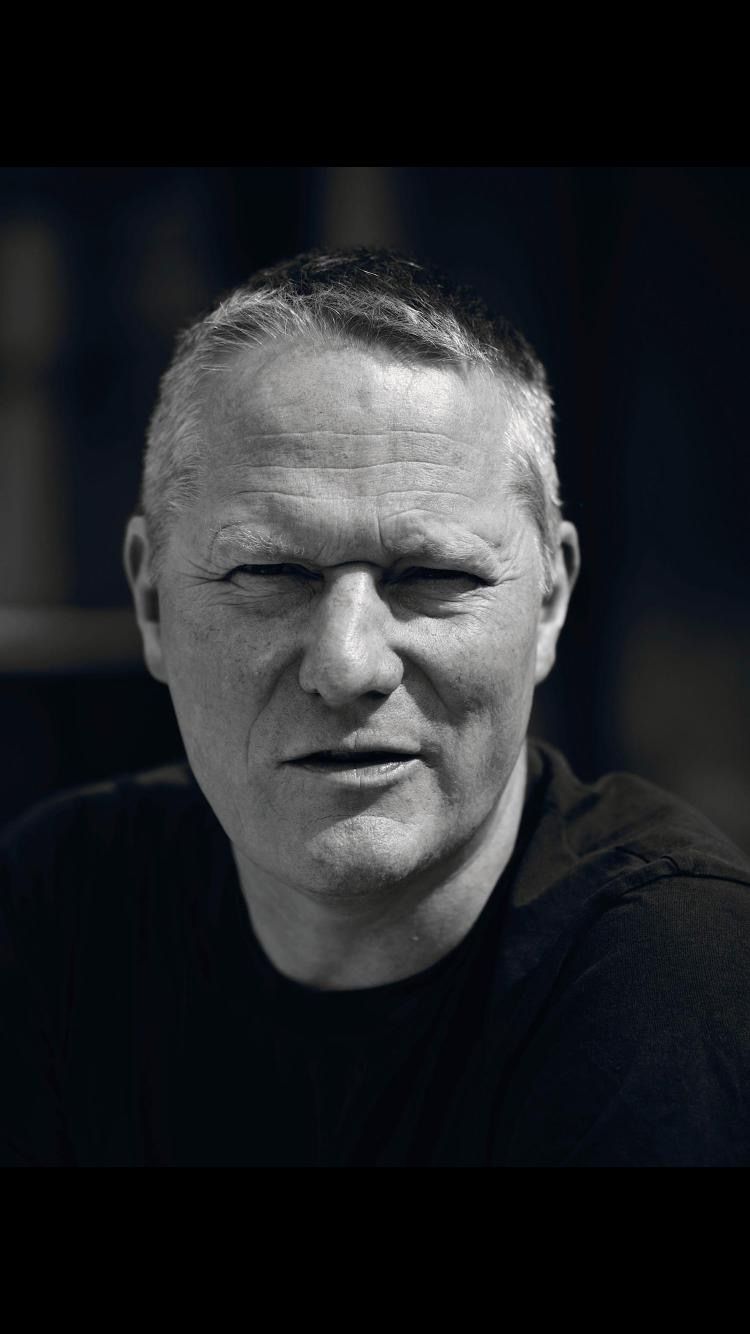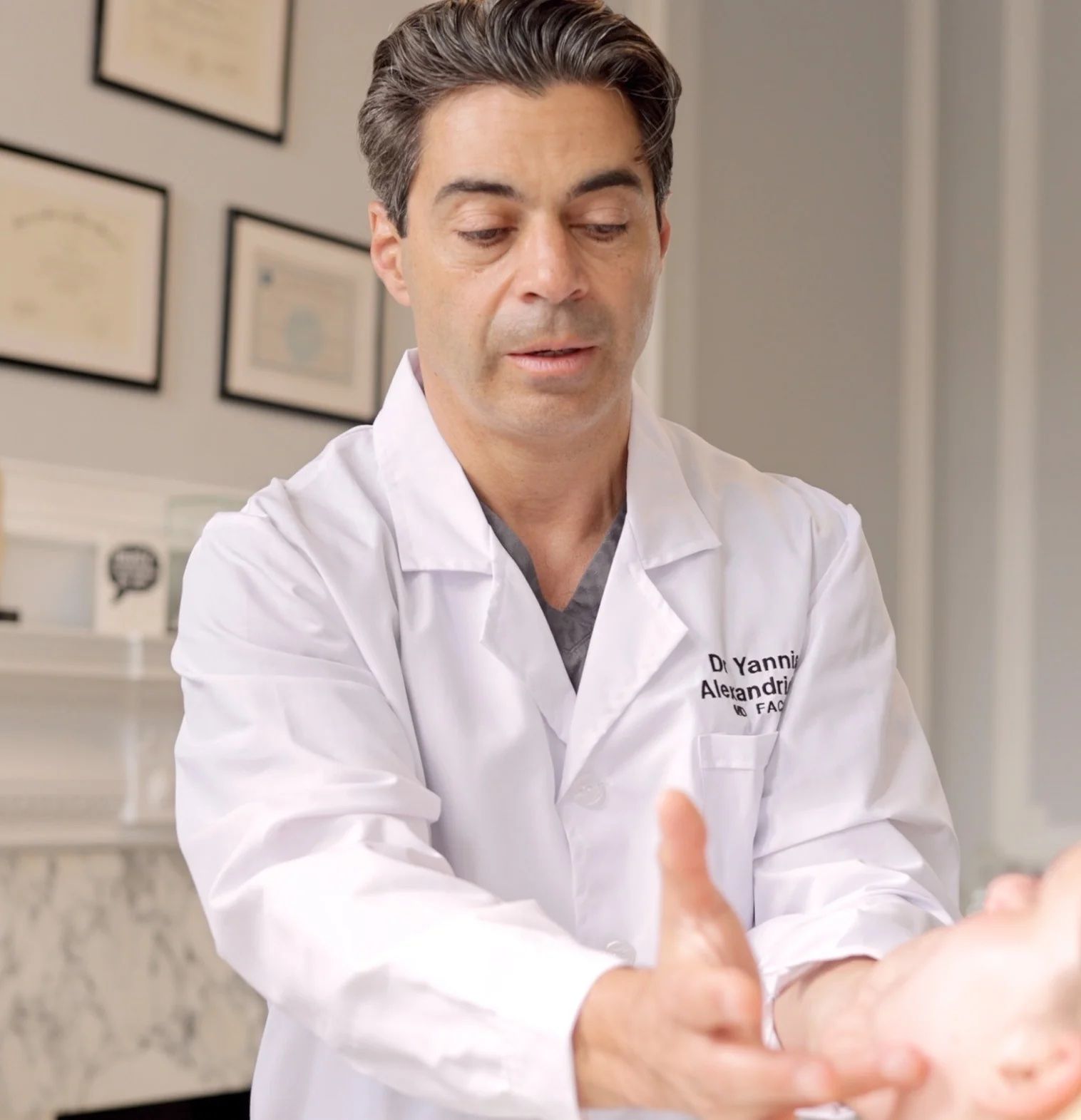
As we age, one of the most visible changes that happens to our body is the loss of skin elasticity. Sagging skin, fine lines, and wrinkles are natural outcomes of the skin’s diminishing ability to produce collagen and elastin, two essential proteins responsible for keeping skin firm and smooth. However, thanks to advancements in skincare technology, skin tightening machines offer a non-surgical solution to address these issues, restoring a youthful appearance.
But how exactly do these skin tightening machines work? In this article, we’ll explore the science behind these devices, the types of technology involved, and what to expect from their use.
The Science of Skin Tightening
At the core of most skin tightening treatments is the goal of stimulating collagen production. Collagen is a protein found in the deeper layers of the skin (the dermis), which provides structure and support to keep skin firm and elastic. Over time, factors like aging, sun exposure, and lifestyle choices can cause the natural production of collagen to slow down, leading to loose, sagging skin.
Skin tightening machines work by delivering energy to the skin, either through heat, light, or radiofrequency. This energy penetrates the outer layers of the skin and targets the dermis, where collagen resides. By heating the deeper layers of skin without damaging the surface, these devices stimulate the body’s natural healing process, which leads to the production of new collagen and elastin. This process helps tighten the skin, reduce wrinkles, and improve the skin’s texture.
Types of Skin Tightening Technologies
There are several types of skin tightening machines available, each using different forms of energy to achieve similar results. The most common technologies include:
1. Radiofrequency (RF) Technology
Radiofrequency skin tightening is one of the most widely used and effective methods for non-invasive skin rejuvenation. RF devices emit radio waves that heat the dermis, causing collagen fibers to contract and tighten. This immediate tightening effect is followed by long-term benefits as the skin continues to produce new collagen over time.
How it works: The device delivers controlled heat to the deep layers of the skin, stimulating collagen production while keeping the surface cool to avoid discomfort or burns.
Benefits: RF treatments are non-invasive, relatively painless, and require little to no downtime. They are suitable for all skin types and can be used on various areas of the body, including the face, neck, and abdomen.
2. Ultrasound Technology
Ultrasound skin tightening, often referred to as high-intensity focused ultrasound (HIFU), uses sound waves to penetrate deep into the skin. This type of energy reaches deeper layers than RF, making it especially effective for lifting and tightening sagging skin on the face and neck.
How it works: Ultrasound waves bypass the surface of the skin and heat the deeper tissues (up to 4.5mm beneath the skin). This energy triggers the skin’s natural repair response, leading to the formation of new collagen over the next few months.
Benefits: HIFU treatments are non-invasive, and results can last up to a year or more with minimal maintenance. It’s a popular choice for individuals looking for a “lifting” effect without surgery.
3. Laser Technology
Laser skin tightening machines use light energy to target the deeper layers of the skin. The laser heats the collagen fibers in the dermis, causing them to contract and tighten. Some laser treatments also resurface the skin by removing the outermost layers to reveal smoother, tighter skin underneath.
How it works: Laser devices emit concentrated beams of light that are absorbed by the skin’s water content, creating heat. This heat stimulates collagen production and can improve skin texture, reduce fine lines, and tighten loose skin.
Benefits: Laser treatments are effective for both skin tightening and resurfacing, making them a great option for those looking to address texture, scars, or pigmentation in addition to sagging skin. However, they may not be suitable for all skin tones.
The Role of Beauty in Skin Tightening
When we talk about skin tightening treatments, it’s not just about addressing wrinkles or sagging; it’s about enhancing one’s natural beauty. These technologies aim to restore youthful firmness and radiance, contributing to a smoother and more even complexion that reflects overall skin health.
What to Expect from a Skin Tightening Treatment
Although the technology behind skin tightening machines is advanced, the treatment process is typically straightforward and painless. Here’s what you can generally expect:
Consultation: A professional will assess your skin concerns and recommend the most suitable treatment based on your skin type, goals, and the area to be treated.
Treatment: Depending on the type of machine, the professional will either apply a conductive gel (for RF or ultrasound devices) or use the machine directly on clean skin. The treatment usually takes between 30 minutes to an hour, depending on the size of the area.
Downtime: Most skin tightening treatments have minimal to no downtime. Some redness or slight swelling may occur after the procedure, but these side effects typically resolve within a few hours.
Results: Many patients notice immediate results due to the contraction of collagen fibers, but the full effect appears gradually over a few weeks to months as new collagen forms. Results can last several months to over a year, depending on the treatment and individual factors.
Maintenance: Maintenance treatments may be recommended to maintain the results over time, especially as the natural aging process continues.
Are Skin Tightening Machines Right for You?
Non-surgical skin tightening is an excellent option for those who are beginning to notice signs of aging but are not ready or willing to undergo invasive procedures like a facelift. These machines are most effective for mild to moderate skin laxity, and they work best on individuals with good skin health overall. While they can’t achieve the dramatic results of surgery, they can provide a subtle, natural-looking improvement that enhances one’s appearance without significant downtime or risk.
As with any cosmetic procedure, it’s essential to consult with a licensed professional to ensure that the treatment is suitable for your specific skin type and concerns. Results vary depending on factors such as age, lifestyle, and genetics, so a personalized approach is key to achieving the best outcome.
Conclusion
Skin tightening machines offer a promising and non-invasive way to improve skin elasticity, smoothness, and firmness. By using technologies like radiofrequency, ultrasound, or lasers, these devices stimulate the production of collagen, resulting in firmer, younger-looking skin over time. While they are not a replacement for surgical procedures, they are an excellent option for those looking to enhance their skin without the need for surgery.
If you’re considering a skin tightening treatment, it’s always best to seek advice from a qualified practitioner who can guide you through the available options and help you achieve the best results for your unique skin needs.





